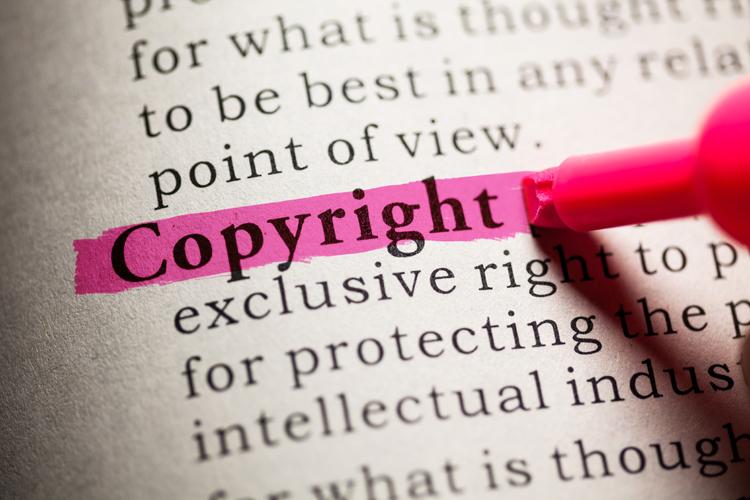
Image: Feng Yu/Shutterstock.com
I frequently see confusion around the topic of copyright and permissions when authors reproduce material from elsewhere in a new paper. This may be due to a lack of understanding or it just not being seen as a priority. I thought I would try and offer some concise, practical advice for authors preparing papers. This inevitably means it will be incomplete, and should definitely not be treated as legal advice. I am also only covering the reproduction of figures and tables from other sources and their publication in academic journals.
Assume something is copyrighted and permission is needed
It is best to start with the assumption that the figure/table you would like to reproduce IS copyrighted and you NEED permission to reuse it. If you can establish that it IS NOT, or there is an automatic grant of reuse such as a Creative Commons licence, then you do not need to ask for permission. You still must acknowledge the source.
However, in most cases you will need to apply for permission to reuse the material. For reuse in scientific journals, this is almost always given, but it can take time to get a reply. So, start the process as early as possible and not just as you are about to submit your paper! Many large publishers’ websites have clear instructions on how to apply. A quicker option is to use the service at www.copyright.com, which can provide you with written permission on completion of the online application. However, not all publishers’ material is included.
Who owns the copyright?
Initially, the creator of the work: text, figure, table etc. However, of course it isn’t as simple as that!
Your contract of employment may specify that the copyright of anything you create during your job belongs to your employer.
Governments have specific requirements about copyright of material created by their employees: as this differs and most government employees will be fully aware of it, I won’t go further into this.
You may have transferred the copyright to someone else; usually in some form of agreement when you published it in a journal or book.
Include the required form of acknowledgement
Most copyright holders ask for a specific form of wording to use when you reproduce (with permission) their copyrighted material. Do ensure you include this precisely as is requested: “reproduced with permission” is not enough. Normally, this will include a full reference to the source including authors (they need acknowledgement as well), title, journal name, volume, pages, year, DOI and copyright statement. The last is important and helpful, since if, in the future, another author wishes to reuse that figure/table from your paper it is clear that they cannot do so without permission from the original copyright holder.
Is it really that important?
Yes. Copyright is vital in protecting the work of creators (authors, artists, photographers etc.). You may willingly allow unrestricted reuse of your copyrighted material, through a Creative Commons licence perhaps, but the copyright remains yours and you should always be recognised as the author/creator: your moral rights.
Further, copyright can be and is protected through legal action. When you publish a paper in a journal, you will be asked to sign some form of agreement. Part of this will require you to confirm that you have the rights to include everything in the paper. If you include a figure or table without permission, you could potentially be liable.
So, yes, it is really important!
To dos
- Start early: as soon as you know you want to reuse something, check whether permission is required and if it is, apply then.
- Keep the documentation: publishers often require copies to prove you have the necessary permissions.
- Include the required acknowledgement with details of the copyright owner.
- Take copyright seriously; it is important.
